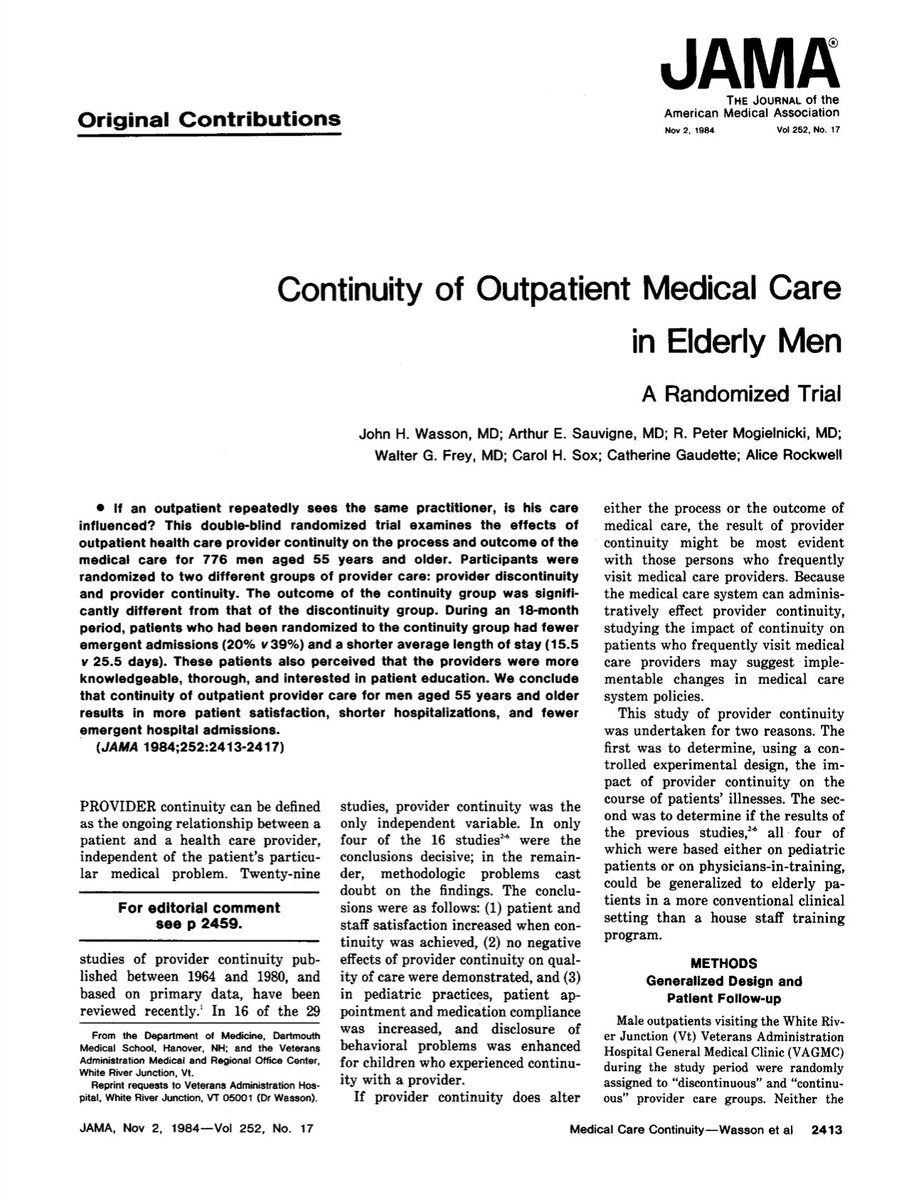The ANDROMEDA- SHOCK Randomised Clinical Trial
Thoughts by @z_cepillo
jamanetwork.com/journals/jama/…
i) Check for fluid responsiveness. If fluid responsive, the patient received 500ml boluses of fluid until resuscitation targets were met or the patient became unresponsive to fluid...
All-cause mortality at 28 days.
Death within 90 days, organ dysfunction in the first 72 hours after randomisation, mechanical ventilation-free days within 28 days; vasopressor-free days within 28 days, RRT-free days within 28days, and length of stay (ICU & Hospital).
link.springer.com/article/10.100…
benjamin-andrew.shinyapps.io/andromeda_shoc…
discourse.datamethods.org/t/andromeda-sh…
@z_cepillo @JAMAnetwork #sepsis #ICU #criticalcare #FOAMed #andromedashock #CCC48 #survivingsepsis



